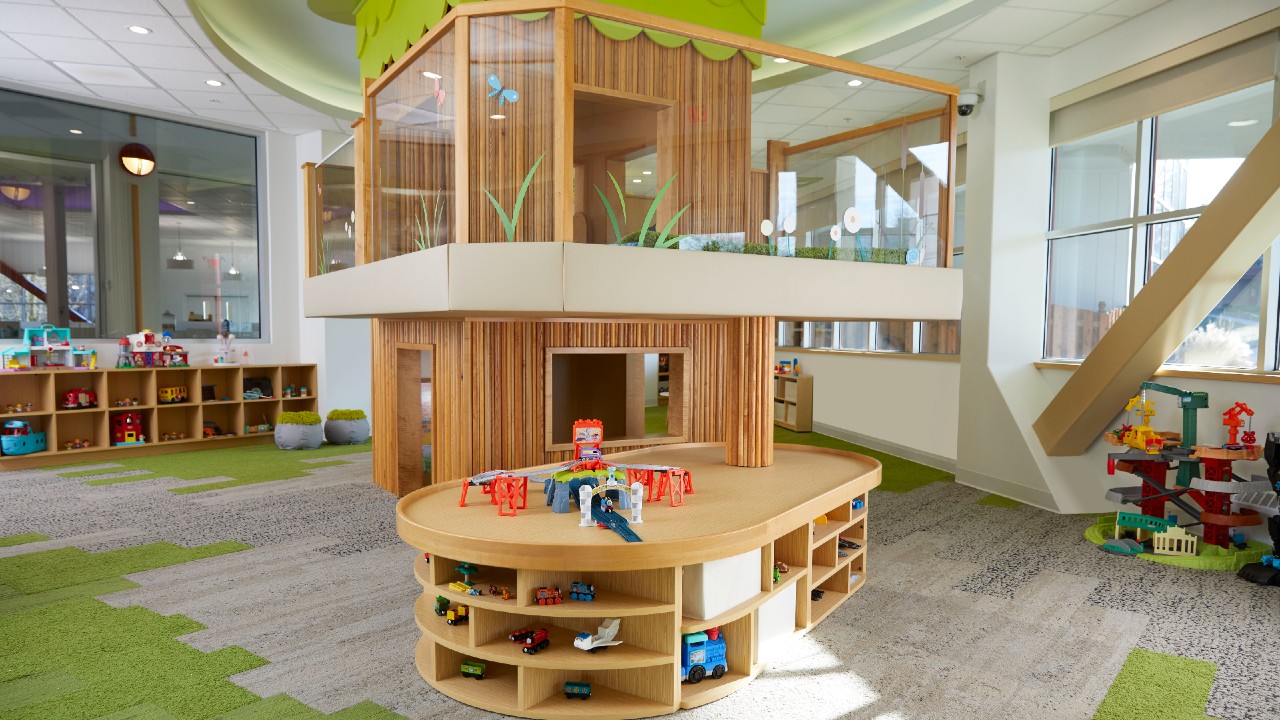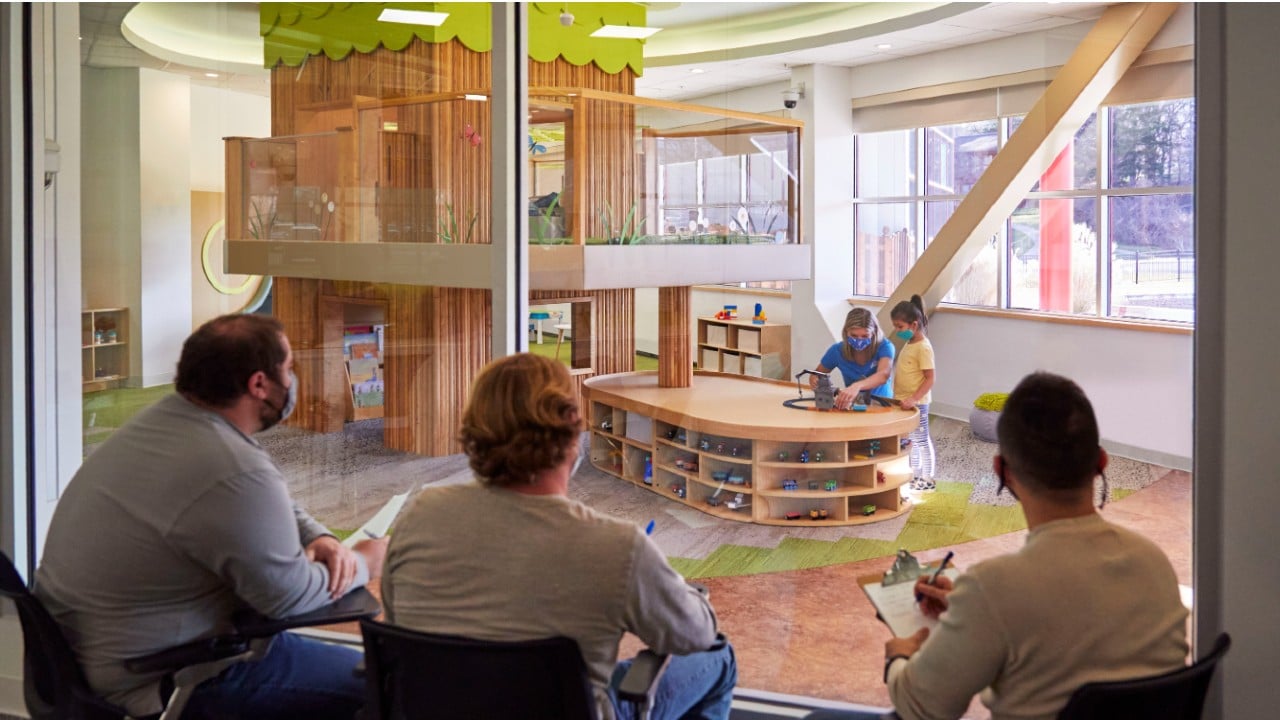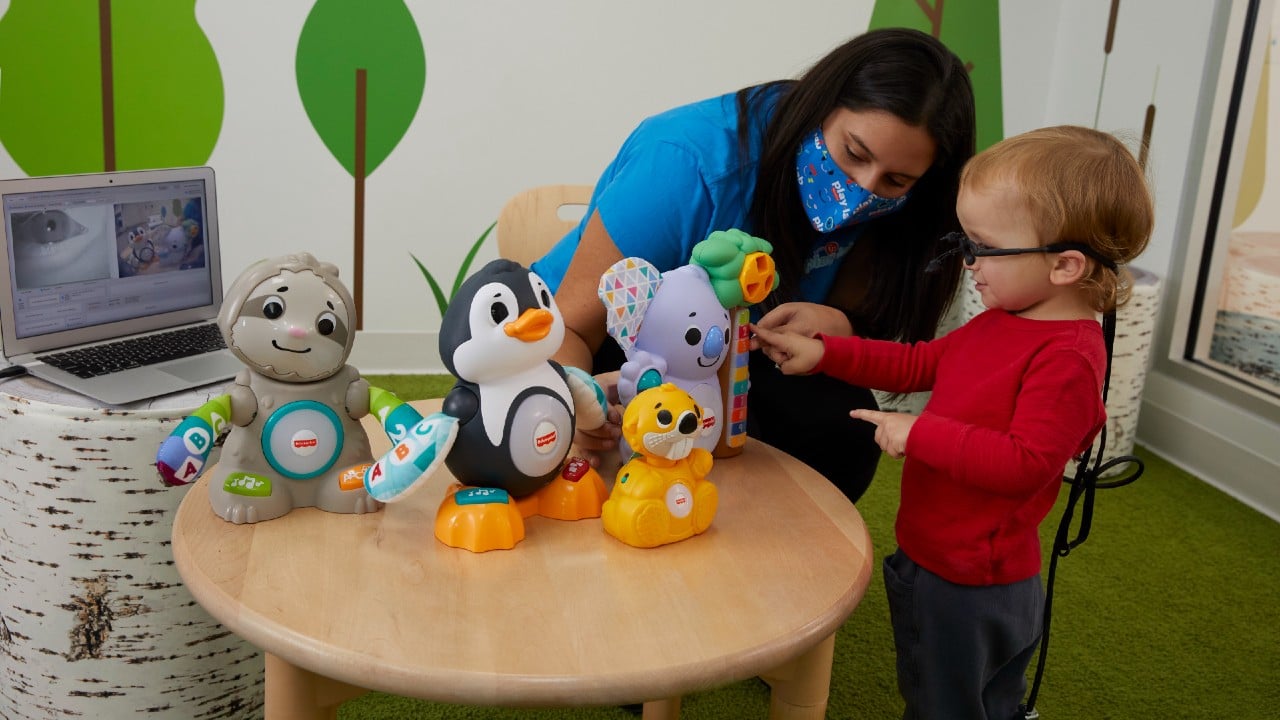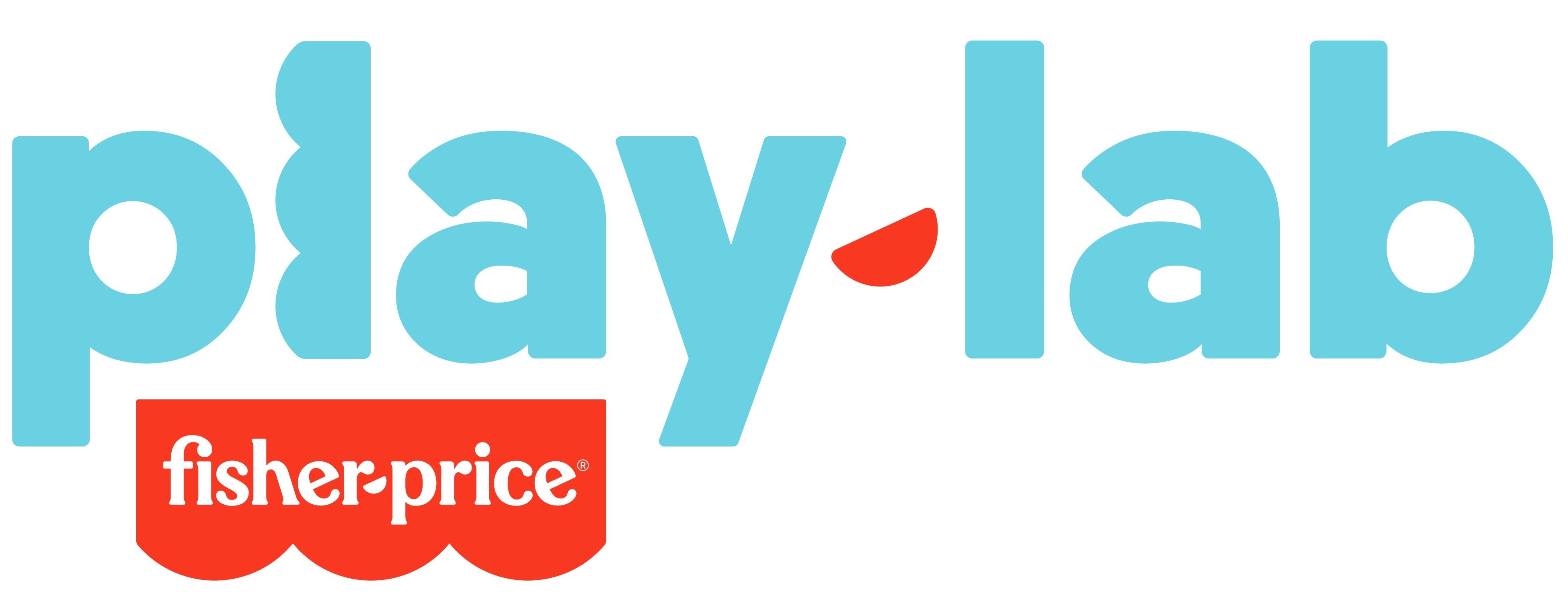More than 137,000 kids have helped the company test and fine-tune toys through play
When you think of a toy manufacturer, what comes to mind? People in board rooms? Factories and conveyor belts? Perhaps designers working feverishly to come up with the next big toy sensation? At the Fisher-Price Play Lab in East Aurora, New York, things are a little different.
Picture instead a bright and cheerful playroom, with an almost-real indoor treehouse, a huge red twirly slide, and children’s artwork on the walls. Toys aren’t simply created and shipped out to market at Fisher-Price; instead, they are conceptualized, tested and re-tested in the Fisher-Price Play Lab—a 60-years-young facility (the first of its kind) where children and their parents come to play, while experts watch, evaluate and develop new, engaging toys.
“Children learn best through hands-on experience,” says Dr. Deborah Weber, Senior Director, Early Childhood Development Research at Fisher-Price. “Our designers watch and learn from how they play. It really helps us make better toys.”

Research shows that both free and guided play helps children learn by guiding them to explore their emotions and encouraging self-expression. By creating an environment where kids can play freely with toy prototypes, researchers gain valuable feedback about what children do and don’t like or respond to. Does the toy capture and hold their attention? Are the noises too quiet? Too loud? Are the lights overwhelming? Do certain toys and learning concepts work better together?
A team of Early Childhood Development experts work with designers, engineers and musicians to evaluate every detail of every toy. Together, they use the latest tools and software, including eye-tracking technology to see through the eyes of the youngest toy testers, who can’t yet verbalize their feedback and an emotional analysis tool that measures facial expressions in infants to determine their emotions.

The new Linkimals toys, for example, were created to cater to the busy way babies play. Each Linkimals toy links with other Linkimals characters to count, light up and sing with each other, creating an immersive, interactive play and learning experience. In creating the new Meditation Mouse, which incorporates simple mindfulness practices into childrens’ lives, Play Lab researchers observed children’s ability to follow exercises and prompts and experimented with the pace and length of the narrated exercises.
From concept, through prototype, fine-tuning and testing, what seems like a fantastic idea can change dramatically once a child gets their hands on it. More than 450 toys are tested each year, with 2,500 children and 1,850 parents taking part on-site and in-home. “We really sweat the details to come up with the best toy for the richest play-based experience for the children,” says Weber. “Play Lab is the heart of Fisher-Price because it’s where the magic starts.”

